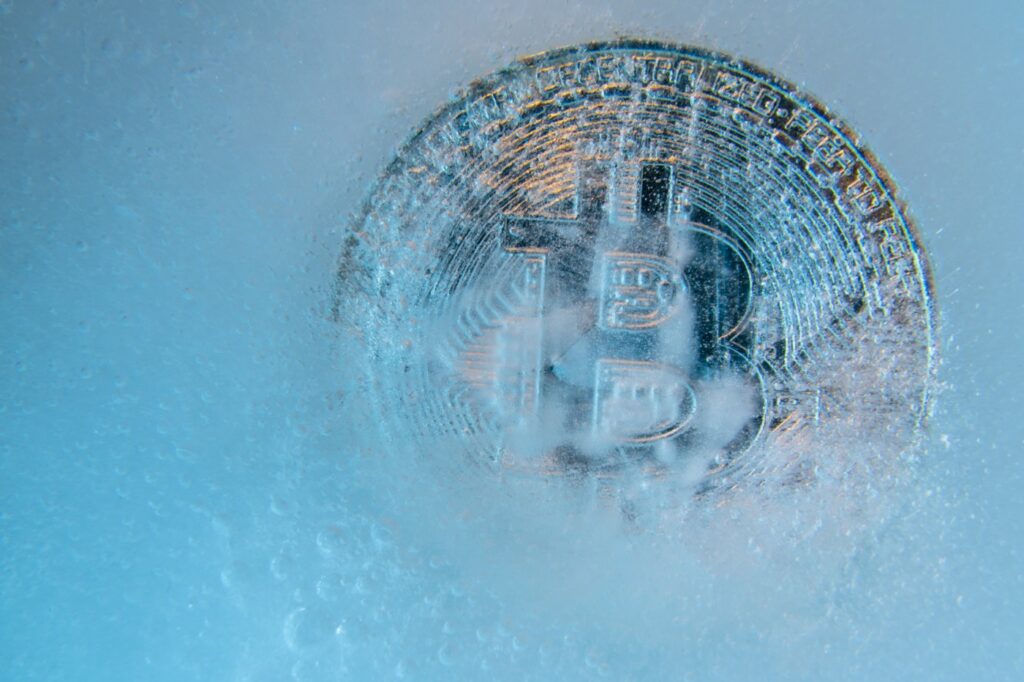By John Belizaire, CEO
$2.4 trillion.
I think about that number a lot lately.
I have been the CEO of an innovative renewable energy development company for just over two years now.
The figure, according to the 2018 IPCC report, represents the staggering amount the world must invest in clean energy every year through 2035 — while cutting the use of coal-fired power to zilch by 2050 — to avoid catastrophic damage from climate change.
The plant is too hot. According to NASA,
The Earth’s climate has changed throughout history. Just in the last 650,000 years, there have been seven cycles of glacial advance and retreat, with the abrupt end of the last ice age about 11,700 years ago marking the beginning of the modern climate era — and of human civilization. Most of these climate changes are attributed to very small variations in Earth’s orbit that change the amount of solar energy our planet receives. The current warming trend is of particular significance because most of it is extremely likely (greater than 95 percent probability) to be the result of human activity since the mid-20th century and proceeding at a rate that is unprecedented over decades to millennia.
$2.4 trillion
OK, back to that enormous number — $2.4 trillion x 15 years = $36 trillion.
That’s how much we need to spend on renewables to beat climate change.
(That is roughly 1.75x what is spent annually in the USA or Europe every year on all goods and services!)
Thankfully, there is currently a revolution underway in renewable energy.
The price of wind and solar fell dramatically over the last ten years, with renewables now cheaper than traditional carbon-based energy.
Onshore wind and solar PV at utility-scale now beats coal hands down. In a decade, solar PV will be the cheapest electricity source with its levelized cost at around $0.046/kWh, followed by onshore wind at $0.050/kWh, both will be much lower than coal power at $0.096/kWh, according to Energy Intelligence.

So, why is the investment in renewable energy slowing?
According to WeForum, Global investment in renewable energy peaked in 2017 at $326.3 billion, and in 2018 fell by 11.5% to $288.9 billion, according to Bloomberg New Energy Finance.
Global investment in renewable energy dropped 14% in the first half of 2019 compared to the same period in 2018. This has been especially true in developing countries.
The main reason seems to center around a reduction in government support for these types of projects
Most feed-in-tariffs across the world are dropping. In June 2018, China announced a significant reduction in its feed-in-tariffs. In the US, where there are no feed-in-tariffs, wind production tax credits started a steady decline from 2016–2019 to about 40% of its original level. Their original intent of special tariffs and credits was to provide government support for the development of green energy projects. Many of these subsidies are expiring and not being renewed due to the decline in the cost of energy generation from solar and wind.
Also, a combination of rising interest rates and falling oil prices has put significant pressure on developers to deliver energy at the lowest possible cost. This has resulted in declining investor returns.
A unique combination for climate change
At Soluna, we are taking a unique approach to solving these problems.
First, we combine the development of renewable energy sites with their off-taker. Second, we co-locate advanced high-performance computing centers that deliver a decentralized network of computing resources to the digital economy. Advanced applications such as blockchain, artificial intelligence, and edge computing services are performed in these centers. These centers are designed to run on intermittent power and are part of a growing movement to off-grid computing. We use a portion of the energy for advanced computing applications, and a portion is used to power the local grid. Over time, as the grid’s needs increase, that mixture can be easily tweaked.
This vertically-integrated approach also delivers other innovations to renewable energy development:
- A Grid Buffer — these compute-power combinations provide an embedded use for excess energy when legacy grid designs can’t. As our own Phillip Ng puts it, “By co-locating data centers with productive renewable assets, [we] seek to offer an alternative power sink to the grid. This alternative will save renewable plants from having to curtail excess power. Also, by diverting a portion of the power, it saves the grids from periods of excessively low and negative prices.”
- Attractive Returns — Developers and energy funds interested in expanding their investments in renewable energy can replace the legacy subsidies-based approach with a healthy source of revenue from a growing sector — data centers. This approach allows for attractive returns that far exceed today’s traditional offtake.
- Economic Development — Countries with an immature grid infrastructure can benefit from these integrated projects by getting access to the excess power generated by these integrated facilities. For example, a Soluna plant could use 80% of the energy from the plant and send 20% to the grid at a low or no cost, providing much-needed electricity in those areas that need it most.
New hope for developing countries
Today over 1 Billion people are without reliable electricity.
They live in developing nations and in rural villages that are far away from grid infrastructure, making it challenging to deliver basic medical services. Brownouts are commonplace. Economic development in these parts of the world is stalled.
Electricity drives economic growth.
But, ironically, much of the world’s renewable energy resources (wind, solar) are in these regions and yet remain underdeveloped.
Many believe that it’s a technology problem. We need more batteries to store the intermittent energy or new grid designs. While that may be true, we think that it’s a business model problem as well.
If the industry adopted a new approach to developing power that incorporates existing technology, it could very well accelerate that $2.4 trillion prescribed by IPCC.
The result would be a cooler, brighter planet for all the children of the world.




